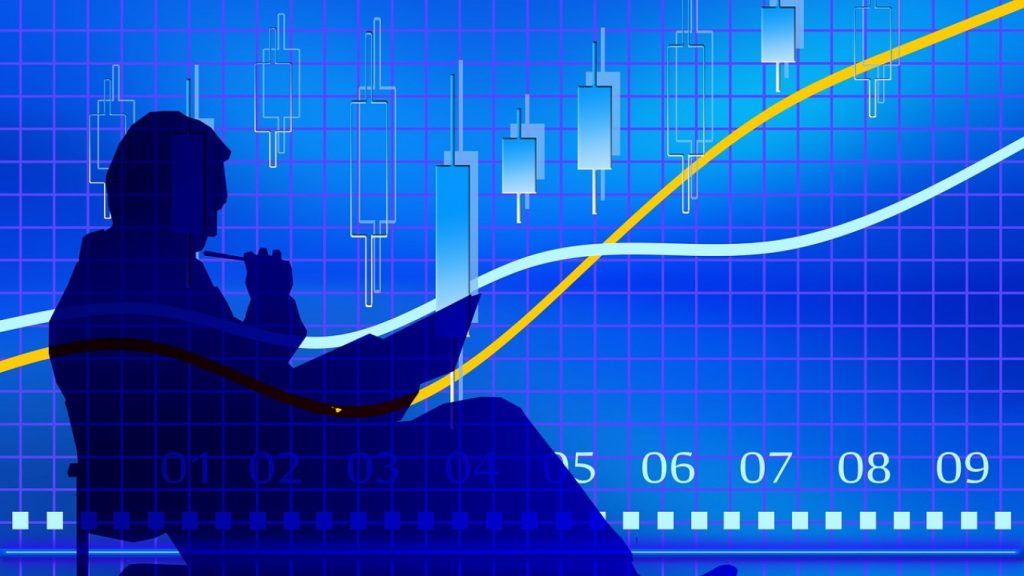On Thursday, the dollar rebounded on the foreign exchange market after acting as a haven. The dollar index fell 0.1 percent to 90.55 points (reflecting its evolution toward 6 benchmark currencies), while the euro recovered 0.1 percent to $1.2122.
U.S. bond markets plunged the previous day after their gains, driving up rates (which move in the opposite direction of prices). The 10-year T-Bond yield increased 3 basis points to 1.05 percent. And since March 2020, the rate had hit its peak level at 1.18 percent on 12 January, in expectation of a resumption of inflation as a result of the post-Covid economic recovery.
No surprises were brought on by the outcome of the Fed conference. The number of sales of bonds stands at $120 billion, with a rate of 0.00 percent – 0.25 percent. The statement added, however, that the economic rebound has slowed down and there is a fresh downturn in the industries impacted by the pandemic. The market has issued no guarantees that it is willing to extend fiscal initiatives, and Treasury yields have begun to climb again for this cause. The yield increased to 1.11 percent on 10-year notes immediately after the release of the Open Market Committee’s announcement. Then it was, though, almost as drastically diminished.
Fed Chairman Jerome Powell claimed in a press conference that the economic future has become increasingly unpredictable. He said there are indicators, however, that the economy might strengthen by the end of this year. He also pointed out that, when unemployment is currently close to 10 percent, the economy is also very far from improving. The vulnerability of financial stability is, however, at a low degree. The spike in the stock market has more to do with headlines about vaccinations and congressional actions than with Fed reform.
As far as inflation is concerned, he noted that the Fed is patient enough and that the potential price increase in the current year could be erratic. Fresh variants of the coronavirus contribute to the confusion. The Fed, as Powell says, will take additional measures if the economy begins to falter again. The organization hasn’t gotten what it wants.
No new funding will yet emerge, and the fate of the “save America” package remains unclear. Besides, President Joe Biden’s administration continues to review the legacy of Donald Trump. In December, the number of orders for durable goods in the United States rose by 0.2 percent, with 0.9 percent growth predicted.









